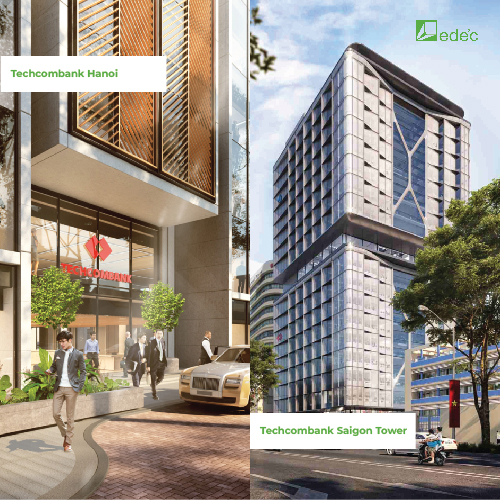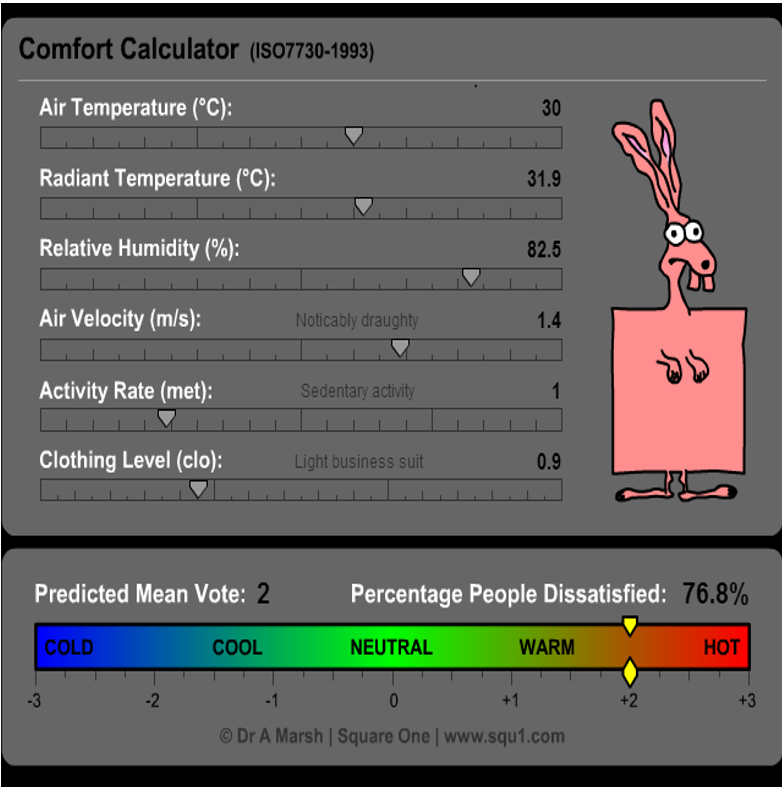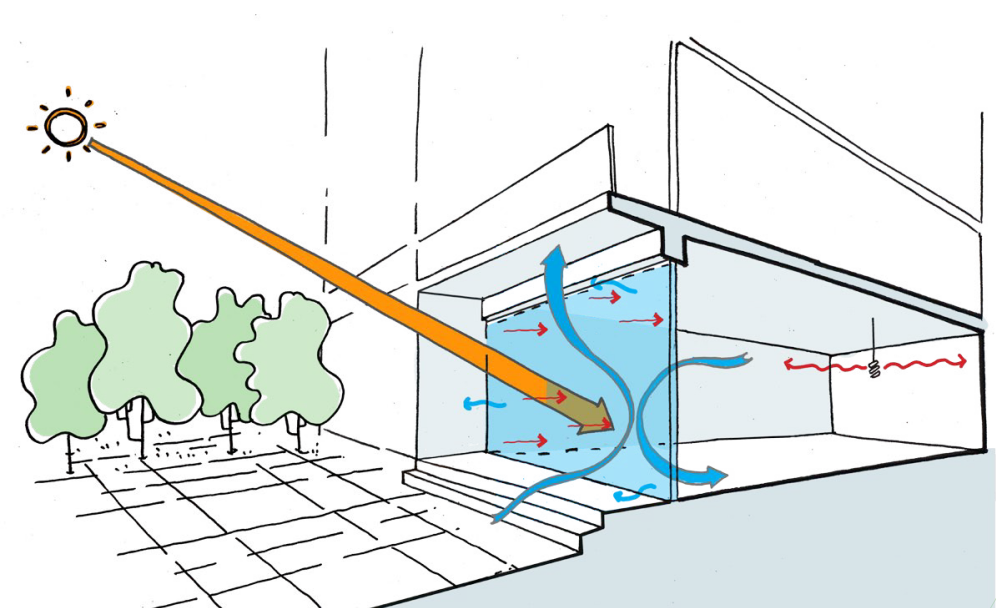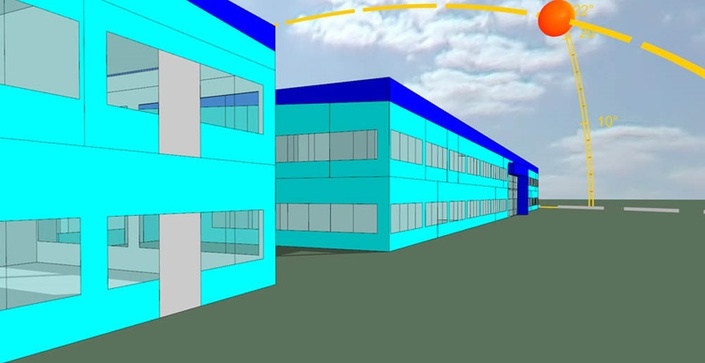RESOURCES
Proper understanding of Green Building

Recently, the trend of green building construction is quite rampant in the market. From average projects to high-end projects, from villas, and land plots to apartments, any project with the “Green” label will receive great attention from customers. However, the concept of Green Building is not always understood properly.
The concept of Green Building was introduced by the United States Green Building Council (USGBC) to refer to buildings that achieve high efficiency in the use of energy and materials, minimize adverse impacts on the environment; At the same time, it is designed to minimize the negative impacts of the environment that affects human health and the natural environment.
The World Green Building Council (WGBC) defines a Green Building as a facility in the design, construction, or operation that minimizes adverse impacts and can create positive impacts on our climate and environment. Green Buildings conserve precious natural resources and improve the quality of life. On that basis, WGBC has come up with a series of criteria to create a “green” house.
- Efficient use of energy, water, and other resources
- Use alternative energy (e.g. solar energy)
- Use alternative energy (e.g. solar energy)
- Available solutions to reduce pollution, waste, and recycle and reuse
- Ensure the air quality of the environment inside the building
- Use non-toxic, responsible, and sustainable materials
- Taking into account environmental factors in design, construction and operation
- The design ensures that it is suitable for the changes in the environment
The Vietnam Green Building Council (VGBC) defines: A Green Building is a building that achieves high efficiency in using energy and materials, and minimizes adverse impacts on the environment; At the same time, it is designed to minimize the negative impacts of the built environment on human health and the natural environment through:
- Use energy, water, and other resources efficiently;
- Protect user’s health and improve labor productivity;
- Reduce waste, pollution, and environmental damage

Along with the evidence of climate change and global warming, green building standards have been appearing more and more in the world, below is a summary of popular green building standards inin recent time:
- LEED– Leadership in Energy & Environmental Design
This is the US green building standard, issued by USGBC – US Green Building Council. This can be considered the most popular standard set in the world today. Although not the first standard to appear, with the commercialization and permitting assessment and certification of buildings outside the United States, it has quickly become accepted and widely used.
- BREEAM– BRE Environmental Assessment Method
This is the first set of green building assessment standards in the world, issued by the British BRE (Building Research Establishment). This is a fairly flexible set of standards and if modified, it will be suitable for many different climates. Although appearing first, because it only applies to works within the UK, it is not popular in many countries around the world. Currently, BRE is trying to overcome this weakness to make BREEAM more known.
This is the green building assessment standard in Australia, issued by GBCA – Green Building Council of Australia. Like BREEAM, Green Star only certifies works built within Australia, so it is not popular in other countries around the world. This can be seen as Australia’s version of LEED.
Along with the awareness of global climate change, Vietnam also had the first set of green building evaluation criteria, named Lotus – Lotus. This set of standards is issued by VGBC – Vietnam Green Building Council. Because it is still quite new and has not been widely disseminated, this set of standards is gradually being put into practice.
With the ambition to become a leader in technical technology in the region and the world, Singapore has also been very quick in releasing its own set of green building standards, named Green Mark, issued by BCA – Building and Construction Authority. With this set of standards, Singapore hopes to lead in the development of green buildings and standardize assessment criteria specific to tropical climates.
- Other standards
- CASBEE – this is the Japanese green building standard
- Malaysia Green Building Index – of Malaysia
- LEED India – India’s version of LEED
- BREEAM Gulf, BREEAM Europe – BREEAM version of Gulf countries and Europe
- HQE – French green building standard
- VACEE (Vietnam Association of Civil Engineering Environment )
- EDGE
- Green Mark
- EarthCheck
- Green Globe
- GB Tool
- BEE
- BEAT
- Eco Quantum
- KCL Eco
- …
The removal of boundaries with the natural environment in green buildings also helps to improve the landscape, create comfort and increase the happiness index for residents. The ecological environment with fresh air in the midst of busy big cities is always an ideal living condition to protect the health, increase longevity and create a sustainable life. Particularly for investors and project developers, green building has well met the needs of the brand, improved productivity and environmental awareness for customers, bring a healthier and happier life for the community.

Currently in Vietnam, there are many projects that have applied green standards to their projects such as HD Mon City
Although widely recognized in the market, according to experts, most investors and project developers pay little attention to the long-term benefits and sustainability of the project. Therefore, the number of certified green buildings nationwide has only stopped at 40 after nearly a decade of implementation. This is a modest number compared to more than 200 certified buildings in Malaysia and nearly 900 green buildings in Singapore.
Explaining this, Mr. Nguyen Cong Thinh, Deputy Director of the Department of Science, Technology and Environment (Ministry of Construction) said that there are many reasons why we have not paid attention to building green buildings for energy saving.
Green building development is basically a matter of saving resources and creating a good living environment for people. Currently, the trend in the world is to focus on saving energy (both in construction operation and in the production of building materials), because it can greatly reduce CO2 emissions during the performance of the building in the long run. However, energy is a difficult concept to grasp, it does not have the same shape as saving water, so the practice of energy saving has many difficulties when it comes to practical implementation, not only in Vietnam.
In terms of mechanisms and policies for green buildings, the Ministry of Construction has also issued Regulation 09, but most of them have not been complied with, and inspection work is also limited. The management capacity of the departments is still very weak, many departments have not yet grasped these regulations for licensing.
Mr. Tran Ngoc Quang, General Secretary of the Vietnam Real Estate Association (VNREA) said that in addition to the often-mentioned obstacles such as the lack of incentive policies, or concerns about high investment costs, the lack of Building codes and standards as the foundation also hinder green building development in Vietnam. Besides, finding a solution to build modern green architectures that still retain the national identity, suitable for the typical tropical monsoon climate of our country is a difficult problem.
A representative of the IFC Worldbank Group said that currently, a few construction investment units such as the Bank for Investment and Development of Vietnam (BIDV), the United Nations have chosen the US LEED system as an evaluation tool for their works are BIDV’s headquarters and One building of the United Nations. This is a pioneering job, demonstrating the efforts of these organizations to popularize green building in Vietnam.

LEED Standard for Green Apartments for residents of DIAMOND LOTUS RIVERSIDE, District 8, Hochiminh City
However, LEED is a system for the United States, where the climate and investment conditions are completely different from Vietnam, and more importantly, aims to enhance the brand, along with ensuring reduced operating costs. A number of climate calculations with the work show that, if there is no specific tool system suitable for Vietnam, there may be a situation of wasteful investment in components that play a secondary role in climate change in works energy saving.
For example, invest in reducing wall thermal conductivity to less than 1.8 W/m2.K. This is very effective in temperate countries, but in Vietnam, the increase in investment and the effect is so small that the payback period can be as long as… 100 years. Therefore, the science of environmental and social sustainability of buildings plays a huge role in both technical and economic terms. Unfortunately, this platform is being forgotten, especially during the recent real estate bubble period.
According to Mr. Tran Nhu Trung, Deputy General Director of Capital Trade and Investment Joint Stock Company (Capital House), a “green” project does not mean just a building planted with many trees or painted in a cool blue color. As previously thought, green here connotes ecological meaning and environmental friendliness. From the process of designing, constructing, and operating the building are ensured to limit and prevent harmful effects to the natural environment, towards improving performance, saving energy, efficient drainage, reducing the amount of CO2 emissions.
Regardless of whether the building belongs to the high or low segment, it can be approached with green goals, the only difference is that the solution for each project will be different.
“We have to see from reality, a green building will help save energy when operating and this is most clearly proven on the electricity bill of each household in the building,” said Mr.Trung.
In stark contrast to the concern that green building construction is very expensive, in fact, the increased cost for green building construction is only from 1-5%, depending on the desired level of green building certification and Initial investment costs. Based on research on green building projects in Vietnam, the average added cost is 1.8 – 2%. This increased cost includes the cost of design and intensive research, the cost of consulting for green building certification, and the cost of equipment and materials in accordance with the requirements of green buildings.
Currently, green building products and services have become quite popular in Vietnam and the Asia-Pacific region, thanks to the improvement and awareness of the local market. Efforts from the Government and state agencies are also worthy of recognition through training activities on National Standards on Energy Efficiency Buildings (QCVN 09:2013/BXD) or other incentives on land use coefficient for environmentally friendly projects in Hochiminh city.
Source: congtrinhxanhvietnam.vn / tinnhanhchungkhoan.vn / trelangkienviet.vn






